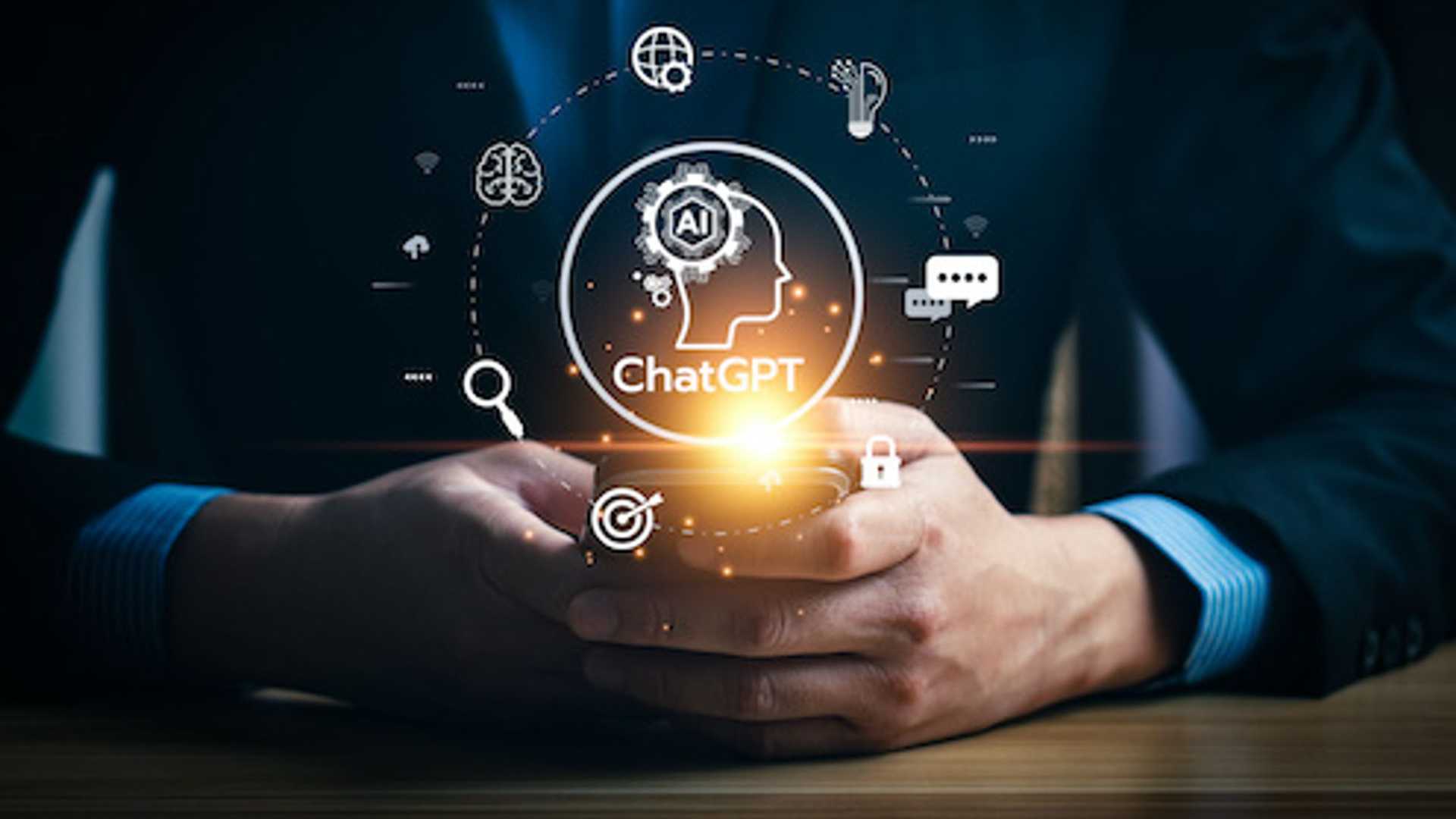ChatGPT in Education: What You Need to Know
ChatGPT has been garnering attention in recent weeks due to its ability to compose poems, write essays in the style of Taylor Swift songs, and instantly call up HTML code. While it is not the only AI-powered chatbot available for students and educators (other options include Google’s Bard and the latest version of Microsoft’s Bing), it is certainly the most widely discussed. However, with its increasing use in education, there are several concerns that educators and policymakers have raised about its implications for academic honesty, accessibility, and more.
1. Use of ChatGPT in K-12 Classrooms
A recent survey by study.com found that almost 90% of students admitted to using OpenAI’s chatbot in some capacity at home. However, more than 25% of teachers have already caught a student cheating using the chatbot. This has raised concerns about academic integrity and has prompted several school districts, ranging from New York City Public Schools to the Los Angeles Unified School District, to issue a ban on the use of the chatbot.
However, cheating with ChatGPT is merely a symptomatic of a larger problem in education – a focus on rote memorization and regurgitation of information. As educators, it is essential to shift towards more critical thinking and problem-solving strategies rather than rote learning.
2. The Role of Chatbots in Plagiarism Vs. Research
Another concern regarding the use of ChatGPT is plagiarism. There is a fine line between research and plagiarism, and chatbots have prompted discussions about where that line lies. While chatbots can provide suggestions and ideas for students, they cannot replace the critical thinking skills required for original research, analysis, and synthesis.
3. Creating More Accessible Educational Tools
Chatbots also have the potential to create more accessible educational tools for students with diverse needs. For instance, ChatGPT and other chatbots can be programmed to read text aloud for students with visual impairments, provide explanations for difficult concepts, and translate text into different languages.
4. The Metaverse and Immersive Learning
The Metaverse is a tool that blends experiences typically associated with either the virtual or physical worlds. It can deliver greater immersive learning for students while also creating some new and exciting teaching opportunities. Educators must understand what the Metaverse is and its uses within education to realize the benefits of immersive learning with the metaverse.
5. Certifications and Skilled Workforce
In a world where competition for jobs, pay increases, and academic success continues to increase, certifications offer hope to candidates and educators. Certification helps to build a skilled workforce that meets the needs of local employers and government tech initiatives.
ChatGPT and other AI-powered chatbots have the potential to change the way students learn and interact with information. However, it is crucial to weigh the benefits against the potential drawbacks and to ensure that we are preparing students for the complex, technology-driven world they will face.




















